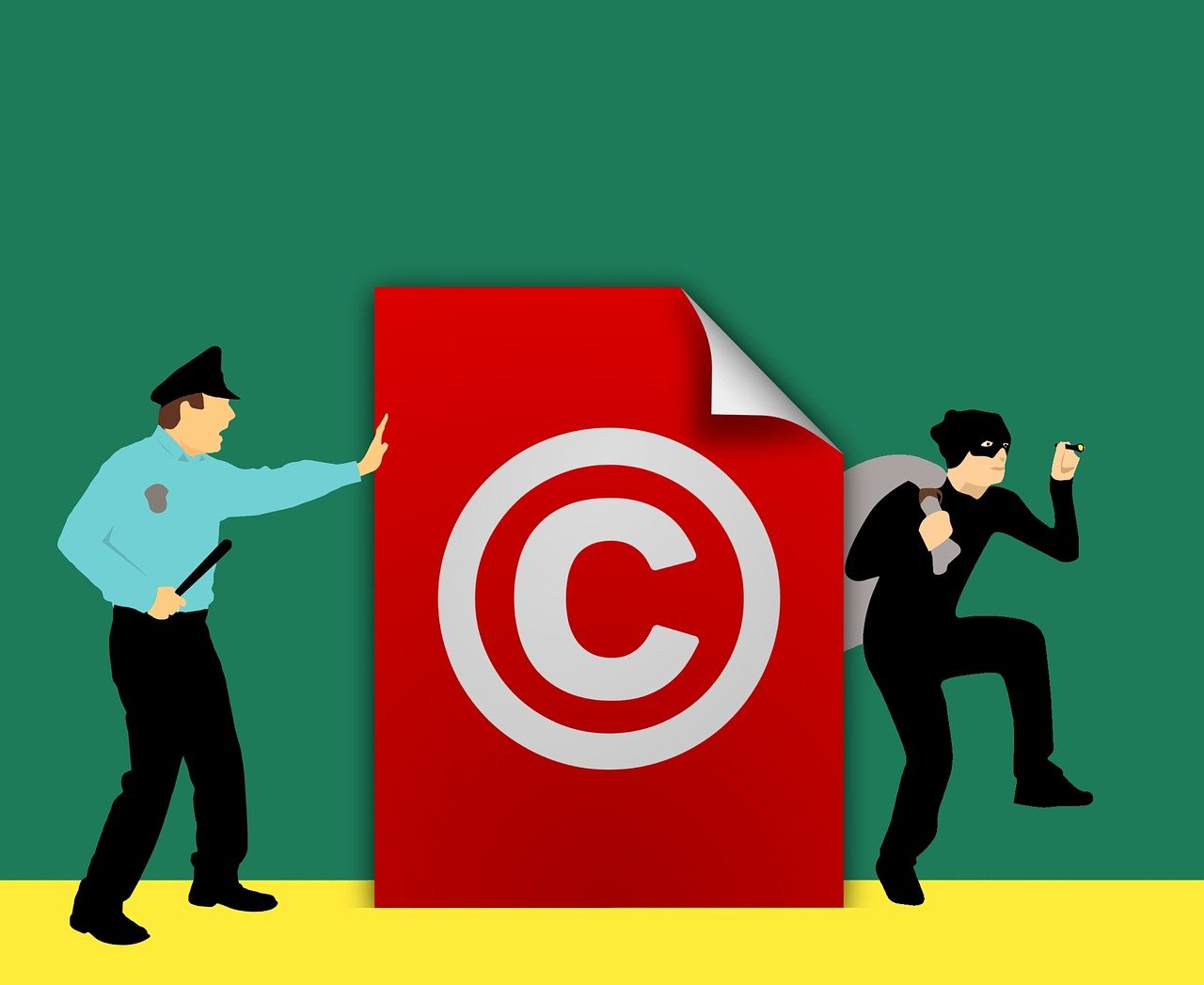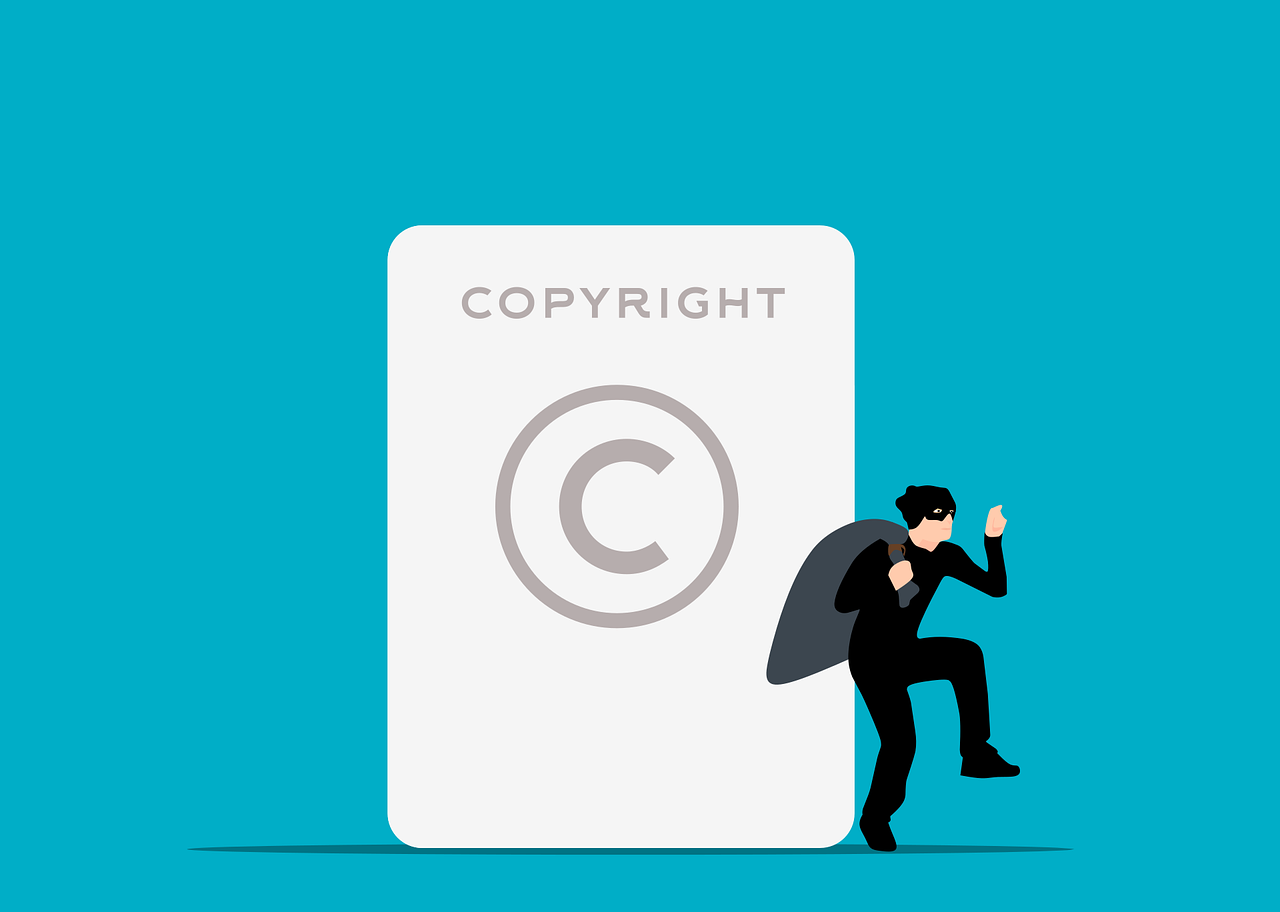In today’s fast-paced business environment, intellectual property (IP) stands as a pillar for entrepreneurs aiming to thrive in competitive markets. The ever-increasing value of intangible assets means startups must move beyond traditional business models and embrace IP as a central component of their growth strategies. Over the past years, the rise of platforms like PatentPath and BrandGuard Solutions has revolutionized how entrepreneurs manage and protect their intellectual assets. This growing emphasis on innovation safeguarding has led to a landscape where ideas, inventions, and brand identities are shielded not just by laws but by strategic foresight. From inventors leveraging the Inventor’s Shield to startups creating unique trademarks with Trademark Trailblazers, the proactive management of IP has become crucial. Additionally, the intricate legal environment, combined with technological advances such as AI-driven monitoring via IP Navigator, requires entrepreneurs to stay educated and agile. Understanding the nuances behind patents, copyrights, trade secrets, and trademarks, as well as deploying tools like StartSmart IP and Rights Route, can mean the difference between success and stagnation. As the world moves closer to 2025, embracing a robust intellectual property framework ensures startups not only protect their innovations but also unlock new opportunities through licensing, investment, and collaboration.
Understanding the Foundations of Intellectual Property Rights for Entrepreneurial Success
For entrepreneurs venturing into new markets, gaining a solid grasp of intellectual property (IP) forms the foundation of safeguarding their creative efforts and business value. Intellectual property encompasses a range of legal protections for creations developed through human intellect that hold commercial significance. This includes innovative devices, unique brands, artistic compositions, and confidential business information. Grasping these core concepts empowers startups to build a strategic IP portfolio that fuels growth, draws investors, and blocks competitors.
Patents, for instance, grant inventors exclusive rights to new inventions or technological advancements for a limited period. This exclusivity prevents competitors from copying or exploiting the invention without authorization. Consider the case of TechStart, a startup that secured a patent for a revolutionary energy-efficient battery design. This patent not only warded off copycats but positioned the company as an innovator commanding premium market segments.
Similarly, trademarks protect the identifiers that make a startup’s products or services stand out, such as names, logos, or slogans. Registering a trademark through platforms like Trademark Trailblazers establishes legal exclusivity, ensuring customer loyalty and brand recognition. For example, a growing e-commerce company leveraged BrandGuard Solutions to trademark its unique logo and coined phrases, deterring counterfeiters and solidifying its brand identity.
Copyrights safeguard original creative works, including software codes, marketing materials, and multimedia content. For digital entrepreneurs, securing copyrights is crucial in protecting their unique software or artistic outputs from unauthorized use or distribution. As an example, an app developer using resources like CreativePatent secured copyright protection for its interface design and proprietary codes, maintaining a competitive edge.
Trade secrets represent another vital IP category, embodying confidential information that offers economic advantage. These may consist of manufacturing processes, client lists, or marketing strategies. Protecting trade secrets requires implementing robust confidentiality measures internally. Startups employing Inventor’s Shield methodologies emphasize employee NDAs and secure data handling to prevent leaks, safeguarding competitive insights.
| Type of IP | Protection Purpose | Common Examples | Typical Duration |
|---|---|---|---|
| Patent | Inventions and technological innovations | Energy-efficient batteries, new medical devices | 20 years from filing |
| Trademark | Brand identifiers such as names and logos | Company logos, slogans, product names | Renewable indefinitely |
| Copyright | Creative works like software and art | Marketing content, software code, books | Life of creator + 70 years |
| Trade Secret | Confidential business information | Formulas, client lists, proprietary methods | As long as secrecy is maintained |
For entrepreneurs, comprehending these IP types helps in structuring a comprehensive protection and growth strategy. Harnessing specialized platforms such as IP Launchpad to navigate the registration and monitoring processes further enhances control. An integrated approach to IP not only shields innovation but also paves the path to monetization through licensing and partnerships.

Strategic Tools and Steps for Protecting Intellectual Property in Startups
Establishing a robust intellectual property protection framework is a vital step in securing a startup’s unique assets. Entrepreneurs should begin with an IP audit to comprehensively identify all potential intellectual property, from inventions and branding to confidential knowledge.
The auditing phase entails cataloging innovations and classifying them into categories such as patents, trademarks, copyrights, or trade secrets. This process is crucial for a startup’s IP strategy and prioritizing limited resources effectively. Tools like PatentPath and BrandGuard Solutions can facilitate this with streamlined workflows and best practice guidelines.
Once IP assets are identified, timely registration is paramount. Entrepreneurs must submit filings through relevant national or international bodies, adhering to specific procedural requirements. The accuracy and timeliness of these filings directly impact legal enforceability. Utilizing services like StartSmart IP ensures startups do not miss critical deadlines or procedural nuances.
Confidentiality agreements and employee contracts are essential for protecting trade secrets. These agreements reinforce legal bounds by preventing unauthorized disclosure. Platforms like Inventor’s Shield offer customizable templates for NDAs and employment contracts to safeguard proprietary knowledge effectively.
Moreover, ongoing IP monitoring is critical to detect and respond to potential infringements promptly. Employing advanced monitoring technologies integrated with IP Navigator allows startups to track unauthorized usage across digital and physical marketplaces.
Developing an encompassing IP strategy entails aligning protection with business objectives, such as securing investor confidence, enabling licensing, or preparing for acquisition. Entrepreneurs should consider the implications of territorial coverage, costs, and enforcement mechanisms when building this roadmap.
- Conduct full IP audits to identify protectable assets
- Register patents, trademarks, and copyrights diligently
- Implement robust NDAs and confidentiality policies
- Leverage IP monitoring tools to detect infringements
- Align IP strategy with long-term business goals
| Step | Description | Recommended Tools |
|---|---|---|
| Identification | Recognize all innovation assets within the startup | PatentPath, IP Launchpad |
| Registration | File for official IP protection through legal bodies | StartSmart IP, Trademark Trailblazers |
| Confidentiality | Use agreements to protect trade secrets | Inventor’s Shield |
| Monitoring | Track market activity for potential IP breaches | IP Navigator |
| Strategy Alignment | Ensure IP management supports scaling objectives | Rights Route |
Steps to Protect Intellectual Property

Overcoming Intellectual Property Challenges Faced by Entrepreneurs
Securing intellectual property is rarely straightforward for startups, which often confront resource limitations and knowledge gaps. Understanding common hurdles empowers entrepreneurs to develop practical solutions.
One significant obstacle is accurately identifying all protectable IP elements. Innovators may overlook intangible assets embedded in their operations, such as proprietary algorithms or unique marketing methods. Engaging experts or utilizing platforms like CreativePatent helps broaden asset recognition.
Cost constraints pose another barrier. Legal fees and application expenses can be prohibitive. Entrepreneurs should prioritize IP based on its strategic importance and explore government grants or rebates designed to alleviate these financial burdens as outlined in resources like legal considerations for startups.
Unawareness of complex IP laws and procedural nuances often leads to missteps. Regular education through workshops or consultation with knowledgeable legal professionals, including services linked with Rights Route, mitigates this risk.
Enforcement represents a further challenge. Monitoring infringements across markets requires vigilance and effective response protocols. Leveraging AI-powered tools such as IP Navigator enhances real-time detection and supports prompt action to protect assets.
- Identify all intangible assets, beyond visible innovations
- Prioritize IP protection by business impact and risk
- Utilize government support programs and rebates
- Engage IP professionals and educational resources
- Adopt technology-driven IP monitoring solutions
| Common Challenge | Potential Solution | Helpful Resources |
|---|---|---|
| Asset Identification | Use expert consultations and IP discovery tools | CreativePatent, IP Launchpad |
| Financial Constraints | Apply for government grants and prioritize IP protection | Startup legal guides |
| Legal Complexity | Regular IP education and legal consultations | Rights Route, Inventor’s Shield |
| Enforcement | Use AI monitoring and rapid response systems | IP Navigator |

Leveraging Intellectual Property for Startup Growth and Investment Opportunities
Intellectual property is not only a shield but a powerful growth engine when strategically managed. Startups with strong IP assets attract increased investor interest, as patents and trademarks often represent critical value drivers. Investors view protected IP as a risk mitigator and competitive moat, making ventures more appealing.
Licensing agreements provide diverse revenue streams beyond core operations. For example, tech companies using CreativePatent to license patented algorithms generate consistent income while expanding market reach. IP can also open doors to strategic partnerships; businesses often collaborate with startups holding unique IP to accelerate innovation and share costs.
Furthermore, robust IP enhances company valuation, an asset during fundraising rounds or acquisition negotiations. Consider how established startups utilize platforms like BrandGuard Solutions to bolster branding and market positioning, thereby appealing to venture capitalists and angel investors.
Implementing the right IP infrastructure, supported by tools such as PatentPath and StartSmart IP, ensures protection while enabling flexibility for growth. Early IP monetization plans that include licensing, franchising, or joint ventures help startups diversify and stabilize revenue.
- Boost investor confidence with patent and trademark protection
- Create licensing models that extend technology and brand reach
- Use IP valuation to enhance company worth for funding
- Forge partnerships with complementary IP holders
- Leverage IP in mergers, acquisitions, and exit strategies
| Growth Strategy | IP Role | Benefits |
|---|---|---|
| Attracting Investment | Legal protection of innovations and branding | Increased valuation and investor trust |
| Licensing & Partnerships | Granting rights for use of intellectual assets | Revenue diversification and expanded markets |
| Market Positioning | Strategic branding and innovation exclusivity | Competitive advantage and customer loyalty |
| Mergers & Acquisitions | Valuable intangible asset in transactions | Higher negotiation power and exit opportunities |
Adapting to Future Trends in Intellectual Property Law and Technology
Looking ahead, the field of intellectual property is rapidly evolving in response to technological advancements and globalization. Startups must anticipate changes to remain competitive in 2025 and beyond.
Artificial intelligence (AI) is increasingly integrated into IP management, automating patent searches, trademark monitoring, and infringement detection through tools like IP Navigator. This evolution accelerates decision-making and strengthens enforcement capabilities for entrepreneurs.
Globalization introduces complexities requiring harmonized international IP strategies. Entrepreneurs utilizing Rights Route can navigate cross-border registrations and protect assets across multiple jurisdictions more efficiently, minimizing legal risks. Agreements such as the Patent Cooperation Treaty simplify multi-country patent filings, helping startups expand globally.
Blockchain technology offers transformative potential in IP rights management. By providing transparent and tamper-proof records of creation dates, ownership, and licensing agreements, blockchain enhances trust and efficiency in IP transactions.
Moreover, as data protection and privacy gain regulatory prominence, startups must synchronize IP policies with compliance requirements, ensuring holistic asset protection. The rise of digital and online markets brings distinctive challenges, mandating proactive digital IP strategies involving encryption, DRM, and cyber-legal preparedness.
- Embrace AI-driven IP tools for enhanced management and enforcement
- Develop global IP strategies aligned with evolving international laws
- Explore blockchain applications for transparent IP ownership tracking
- Integrate data privacy compliance within IP policies
- Adopt digital rights management to combat online infringement
| Emerging Trend | Impact on Startups | Key Action Points |
|---|---|---|
| AI Integration | Faster IP processing and infringement detection | Use IP Navigator and similar tools |
| Global Harmonization | Streamlined multi-country registrations | Adopt Rights Route for international filings |
| Blockchain Tech | Enhanced transparency in IP ownership | Invest in blockchain-based IP record-keeping |
| Data Privacy | Integrates with IP protection policies | Align IP strategy with compliance regulations |
| Digital IP Challenges | Heightened risk of online content theft | Implement DRM and online monitoring |
How does early identification of intellectual property benefit startups?
Early identification allows startups to recognize valuable assets that can be protected and monetized. It ensures resources are focused on securing key innovations that drive competitive advantage and investor interest.
What resources can startups use to protect their trade secrets effectively?
Startups can implement confidentiality agreements, NDAs, strict internal policies, and use platforms like Inventor’s Shield for templates and best practices to safeguard trade secrets successfully.
How do international treaties like the Patent Cooperation Treaty help entrepreneurs?
These treaties streamline the patent application process across multiple countries, reducing administrative burden and costs, and facilitating wider protection for innovations globally.
What role does AI play in modern intellectual property management?
AI enhances IP management by automating patent and trademark searches, monitoring infringement online, and assisting with timely responses, thereby improving efficiency and enforcement.
Why is aligning IP strategy with business goals critical for startups?
Aligning ensures that IP protection supports overall growth objectives, attracts investment, and maximizes the commercial value of intellectual assets, avoiding unnecessary expenditures.


